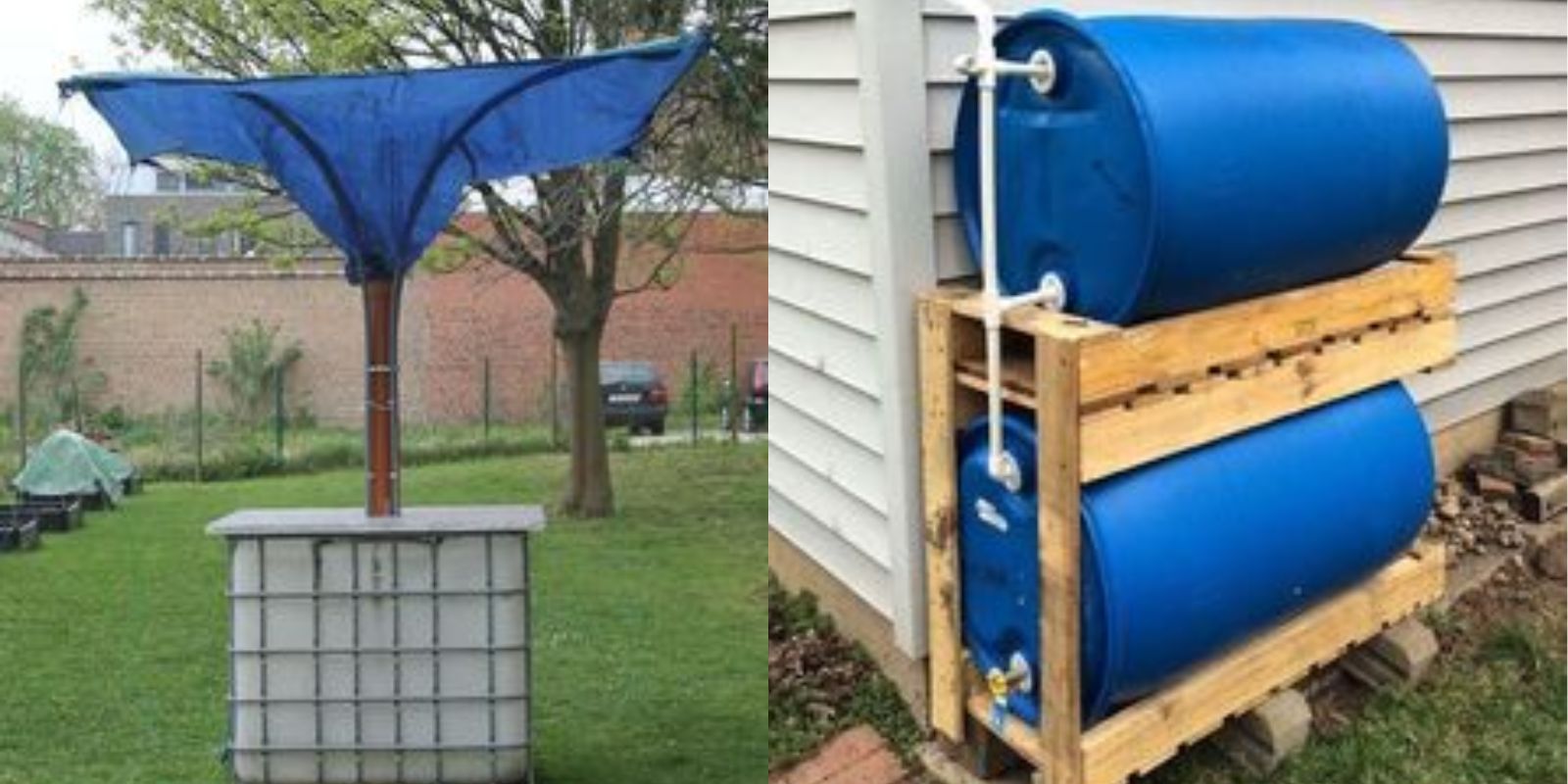Introduction
Collecting rainwater is a sustainable and efficient way to water your garden, reduce your water bill, and contribute to environmental conservation. However, to truly benefit from rainwater harvesting, it’s essential to set up your system correctly and avoid common pitfalls. This article explores seven critical mistakes to avoid when collecting rainwater, helping you optimize your system and ensure that your garden thrives.
1. Not Using Clean Containers
One of the most fundamental mistakes in rainwater collection is using dirty or contaminated containers. The quality of the rainwater you collect depends largely on the cleanliness of the containers and pipes involved.
Why It Matters:
- Contamination Risk: Dirty containers can introduce bacteria, algae, and other contaminants into your collected water.
- Health Concerns: Contaminated water can affect your plants’ health and may even pose risks to your family if used for consumption.
Solution:
- Clean Containers: Ensure that all rainwater containers, including barrels and storage tanks, are thoroughly cleaned before use.
- Routine Maintenance: Regularly wash and sanitize your containers to maintain water quality.
2. Ignoring Gutter Maintenance
Gutters are crucial in directing rainwater from your roof into your collection system. However, if your gutters are clogged with leaves, twigs, or other debris, the water can become polluted before it even reaches your barrel.
Why It Matters:
- Debris Contamination: Debris in gutters can introduce contaminants into your rainwater.
- Overflow Issues: Clogged gutters can cause water to overflow and potentially damage your home’s foundation.
Solution:
- Regular Cleaning: Clean your gutters regularly to prevent debris buildup.
- Gutter Guards: Install gutter guards to minimize debris accumulation and reduce maintenance.
3. Not Protecting the Barrel
An uncovered rain barrel can quickly become a breeding ground for mosquitoes, algae, and other pests. Additionally, debris and contaminants can easily fall into an open barrel, compromising the water quality.
Why It Matters:
- Pest Problems: Uncovered barrels can attract mosquitoes and other insects.
- Debris Contamination: Open barrels are vulnerable to debris and pollution.
Solution:
- Cover Your Barrel: Use a tight-fitting lid or cover to protect your rain barrel from debris and pests.
- Screen Mesh: Consider adding a fine mesh screen to prevent insects and debris from entering.
4. Using Inappropriate Materials
Using materials that are not suitable for rainwater collection can affect the quality of the water and the efficiency of your system. For example, some materials can leach harmful chemicals into the water.
Why It Matters:
- Chemical Contamination: Certain materials may release toxins that can contaminate your rainwater.
- Durability Issues: Low-quality materials may not withstand weather conditions and could degrade over time.
Solution:
- Food-Grade Materials: Opt for food-grade or non-toxic materials for pipes and barrels.
- Durable Construction: Use high-quality, weather-resistant materials to ensure the longevity of your system.
5. Neglecting Water Quality Checks
Even if you start with clean containers and materials, it’s essential to regularly check the quality of the rainwater you collect. Neglecting this step can result in water that is unsuitable for your plants.
Why It Matters:
- Algae Growth: Stagnant water can develop algae, which may harm your plants.
- Bacterial Contamination: Untreated water can become a breeding ground for bacteria.
Solution:
- Regular Testing: Test the water periodically for contaminants and ensure it is suitable for use.
- Treatment Options: Use natural water treatment methods, such as filtration or chlorine drops, if needed.
6. Ignoring Drainage
Proper drainage is essential to prevent the buildup of stagnant water, which can become a breeding ground for pests and lead to unpleasant odors.
Why It Matters:
- Stagnant Water: Standing water can attract insects and develop foul smells.
- Overflow Risks: Poor drainage can lead to overflow and potential damage to your collection system.
Solution:
- Proper Drainage: Ensure your rain barrel has a drainage system to manage excess water effectively.
- Overflow Mechanism: Install an overflow spout to redirect excess water away from your home and garden.
7. Not Using Water Quickly
Rainwater that is left standing in your barrel for extended periods can become a host for algae and bacteria, making it less effective for watering your plants.
Why It Matters:
- Algae and Bacteria Growth: Stagnant water promotes the growth of algae and harmful bacteria.
- Decreased Efficiency: Old water may not be as effective in nourishing your plants.
Solution:
- Regular Usage: Use the collected rainwater promptly to avoid stagnation and contamination.
- Rotation System: Implement a rotation system to ensure you use older water first.
Conclusion
Collecting rainwater is a valuable practice that benefits both your garden and the environment. By avoiding these common mistakes—ensuring clean containers, maintaining gutters, protecting your barrel, using appropriate materials, checking water quality, managing drainage, and using water promptly—you can maximize the effectiveness of your rainwater collection system. Embrace these best practices to enjoy a thriving garden while conserving water and supporting sustainability. 🌧️🌿

